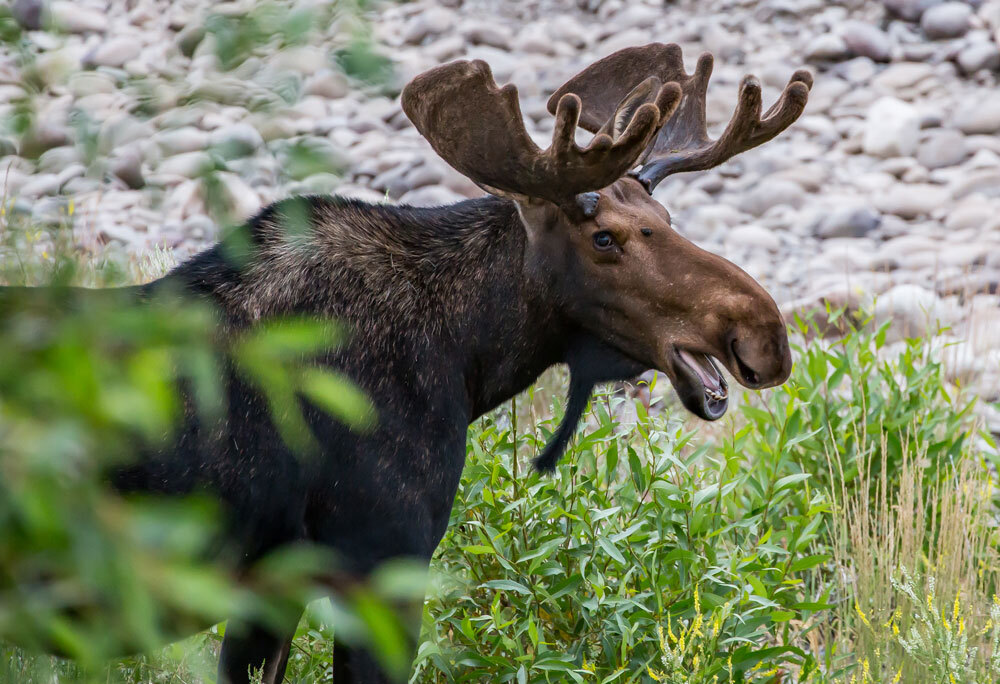The Siberian moose (Alces alces cameloides) is the largest cervid in Asia and the second‑largest moose subspecies after Alaska’s Yukon moose. Russia maintains a moose population of roughly half a million animals distributed across eleven time zones. Trophy hunters prize Siberian bulls for their impressive palms and body size; bulls from the Yakut and Kolyma regions often weigh 600 kg and carry antlers wider than those of European moose. Their rutting call echoes through boreal forests and river valleys, drawing hunters to some of the wildest corners of Siberia.

Hunts for Siberian moose are usually scheduled during the rutting season from early September through late October. In the remote Magadan region, guides glass from hills and then stalk or call bulls along the Omolon River; boats and foot travel are used because helicopter access is prohibited. Spot‑and‑stalk is also the primary method for Kamchatka and Kolyma moose; hunters sometimes spend several days away from base camps and may raft rivers to reach feeding meadows. For the smaller Amur moose in Russia’s Far East, calling or stalking through larch and birch forests is the norm. Weather can be unpredictable and hunts often last 9 – 12 days.
Russia manages its moose through regional quotas and closed seasons. The country recognizes several subspecies—European moose, Siberian moose, Yakut moose, Amur moose and Kolyma (Chukotka/Kamchatka) moose—each with differing antler sizes and body weights. Although Russia’s total population is stable at about 500,000 animals, over‑harvest and habitat loss remain concerns. Trophy fees and licences help fund game management, and in some regions only a handful of permits are issued annually. Maintaining scientifically based quotas and reinvesting revenue into anti‑poaching and habitat conservation are critical for sustaining large bulls.
Siberian bulls may travel long distances during the rut, so guides often use cow calls to draw them within range. In Yakutia hunters traditionally use pack horses or reindeer to transport meat and antlers, and local Evenk people sometimes assist with tracking. September‑October hunts can be combined with wild boar or roe deer, while winter licenses (November–December) permit stalking bulls in deep snow from snowmobiles. Hunters should be prepared for rough camps and sub‑freezing temperatures.
Siberian Moose can be found in the following location:
Siberian Moose has the following variations:
- (Varieties to be confirmed)
Start Your Adventure



